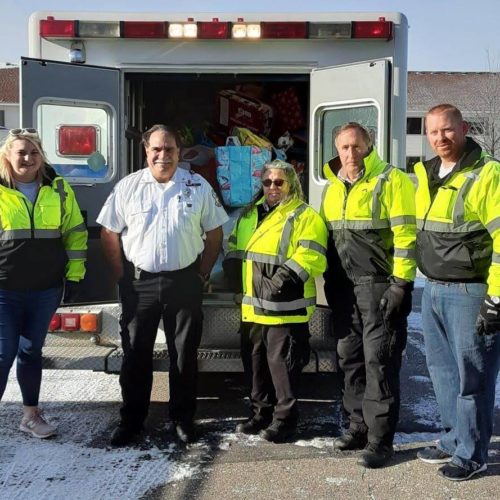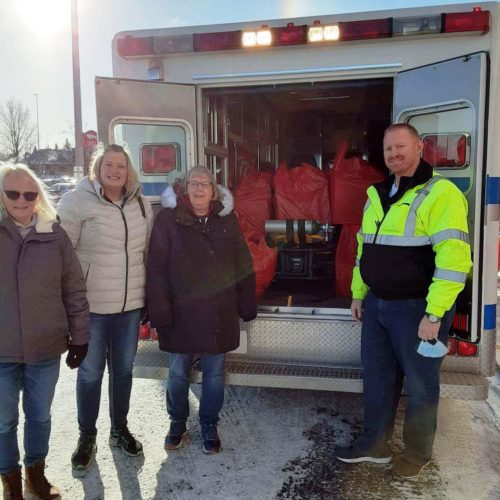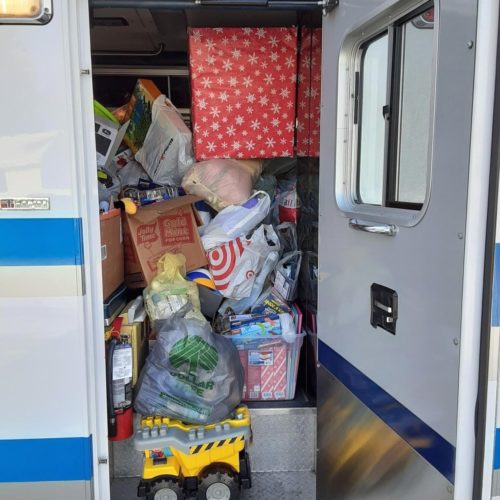The Glacial Ridge Ambulance team thanks all individuals and organizations who contributed their 15th Annual Holiday Toy Drive! Whether you dropped off a gift for children 0-18 or gave a monetary donation to purchase from their wish lists or, you made a difference! Glacial Ridge Ambulance staff also recognize our caring and supportive businesses who went above and beyond for the kids with generous donations while the staff and volunteers shopped locally for additional items. The community’s generosity for our local families and kids is always incredible.
The BBE School District and Armful of Love, a Pope County Family Collaborative program, distributed the gifts to less fortunate families throughout these service areas.
Glacial Ridge Ambulance provides 24-hour advanced and basic life support services in Pope County and a portion of Stearns County with ambulances based in Glenwood, Starbuck, and Brooten. Glacial Ridge Ambulance is a part of Glacial Ridge Health System.





